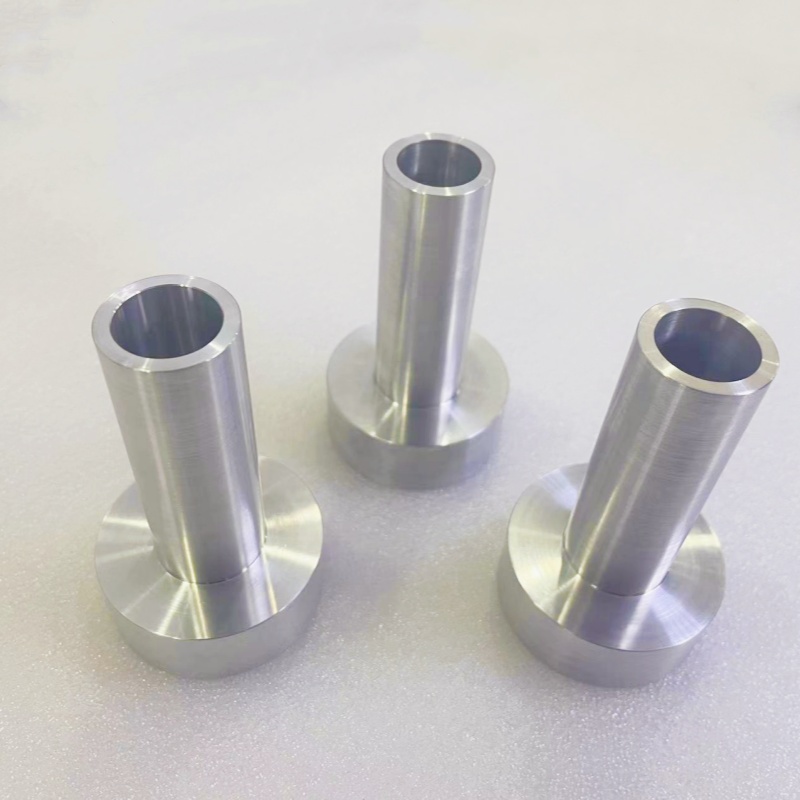Table of Contents
ToggleThe demand for high-precision aluminum sheet metal fabrication is soaring, particularly in industries such as aerospace, automotive, and electronics. These fields require exceptional dimensional accuracy, surface quality, and flatness to meet stringent performance standards. To remain competitive, companies must address the dual challenge of maintaining superior quality while minimizing costs. Exploring comprehensive cost optimization strategies is, therefore, both practical and necessary.
Comprehensive Analysis of Cost Components
Material Costs in Aluminum Sheet Metal Fabrication:
- Key Issues: The high proportion of raw materials in overall expenses and price volatility directly impact profit margins.
- Material Grades: Popular alloys such as 5052, 6061, and 7075, each with unique properties, influence costs based on project-specific requirements like strength, corrosion resistance, and machinability.
Processing Costs in Precision Aluminum Sheet Metal Fabrication:
Advanced techniques like CNC machining and laser cutting improve precision but increase energy and labor costs. Processes such as heat treatment and anodizing also contribute significantly to expenses.
Quality Assurance in Aluminum Sheet Metal Fabrication:
To meet tight tolerances, significant investment in inspection equipment (e.g., coordinate measuring machines) and skilled personnel is necessary.
Auxiliary Costs in Aluminum Sheet Metal Fabrication:
Mold maintenance, logistics management, and inventory handling often add hidden layers of cost, which can spiral if not carefully managed.

Enhanced Strategies for Cost Optimization
Smart Material Management in Aluminum Sheet Metal Fabrication:
Use simulation tools to predict material performance, enabling the selection of alloys that meet specifications at reduced cost.
Implement just-in-time inventory systems to minimize material waste and storage costs.
Process Innovations:
Optimize machining parameters to strike a balance between speed, precision, and tool longevity.
Employ hybrid manufacturing methods, such as additive and subtractive processes, to minimize wastage.
Investment in Cutting-Edge Equipment:
Automation technologies such as robotic welding and AI-powered inspection systems enhance consistency and lower labor costs.
Regularly schedule predictive maintenance to reduce unexpected equipment downtime and repair expenses.
Streamlining Quality Control in Aluminum Sheet Metal Fabrication:
Introduce statistical process control (SPC) to monitor production trends in real time and proactively address deviations.
Establish traceability systems to reduce costs associated with rework and recalls.
Lean and Agile Production Practices:
Adopting lean manufacturing principles eliminates inefficiencies like overproduction or excessive inventory, reducing overhead.
Leverage flexible manufacturing systems to quickly adapt to fluctuating market demands while maintaining operational efficiency.
Illustrative Case Studies
- Company A: By integrating cost-efficient aluminum alloys and automating surface treatment processes, the company reduced costs by 15% while maintaining product excellence.
- Company B: Utilizing advanced inspection systems, Company B improved its defect rate by 20%, significantly lowering quality control expenses and boosting customer satisfaction.
Future Challenges and Opportunities
As technology continues to evolve, aluminum sheet metal fabrication must adapt to innovations such as lightweight material alternatives, AI-driven process automation, and eco-friendly treatments. Companies must anticipate regulatory changes and market dynamics, remaining proactive in adopting newer, smarter cost optimization methods.
Conclusion
By systematically addressing key cost areas—material selection, process efficiency, equipment innovation, and streamlined operations—companies can enhance profitability and maintain competitive advantages. The journey toward smarter practices in aluminum sheet metal fabrication is ongoing, paving the way for sustainable growth in this dynamic industry.
0
